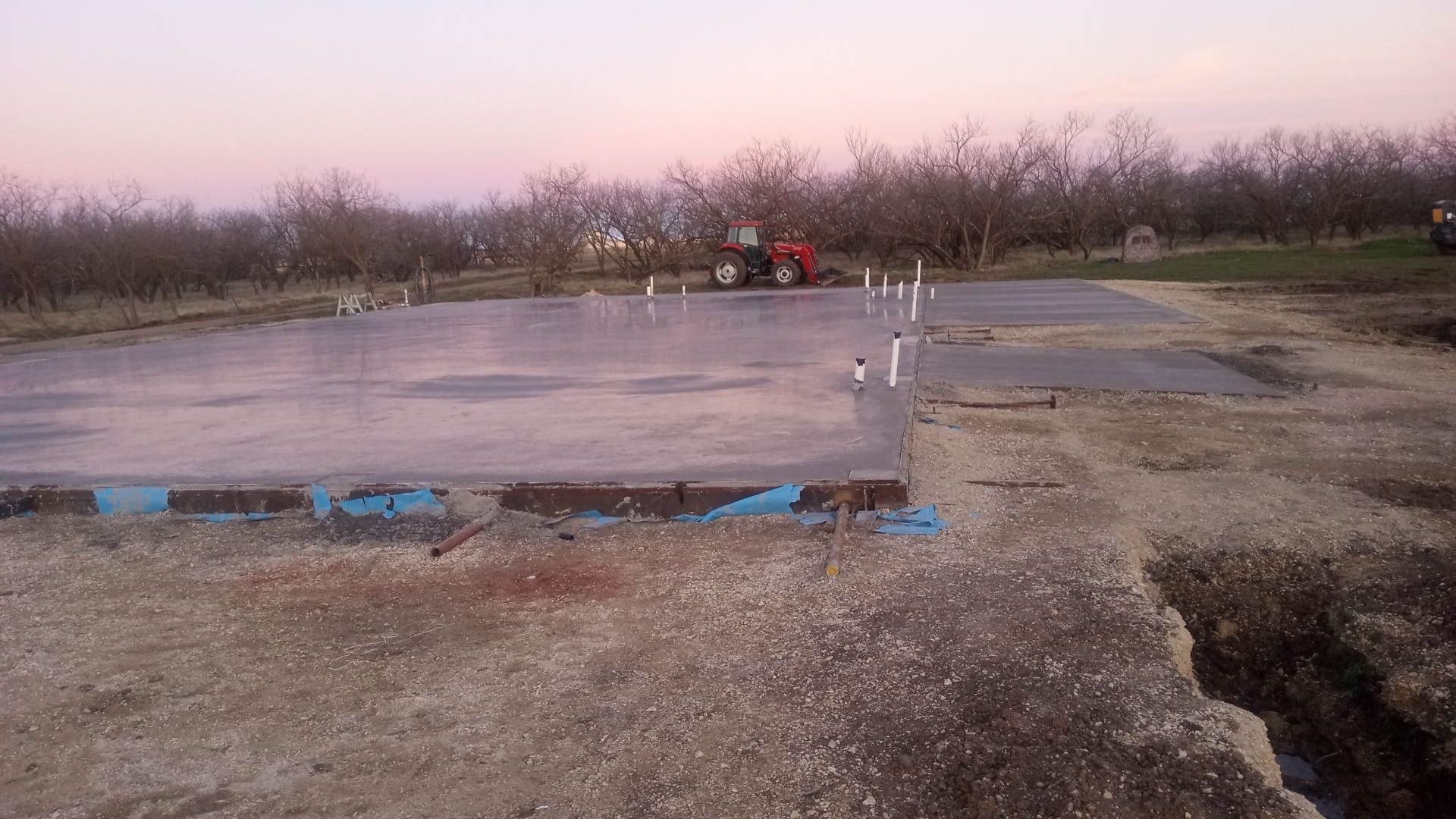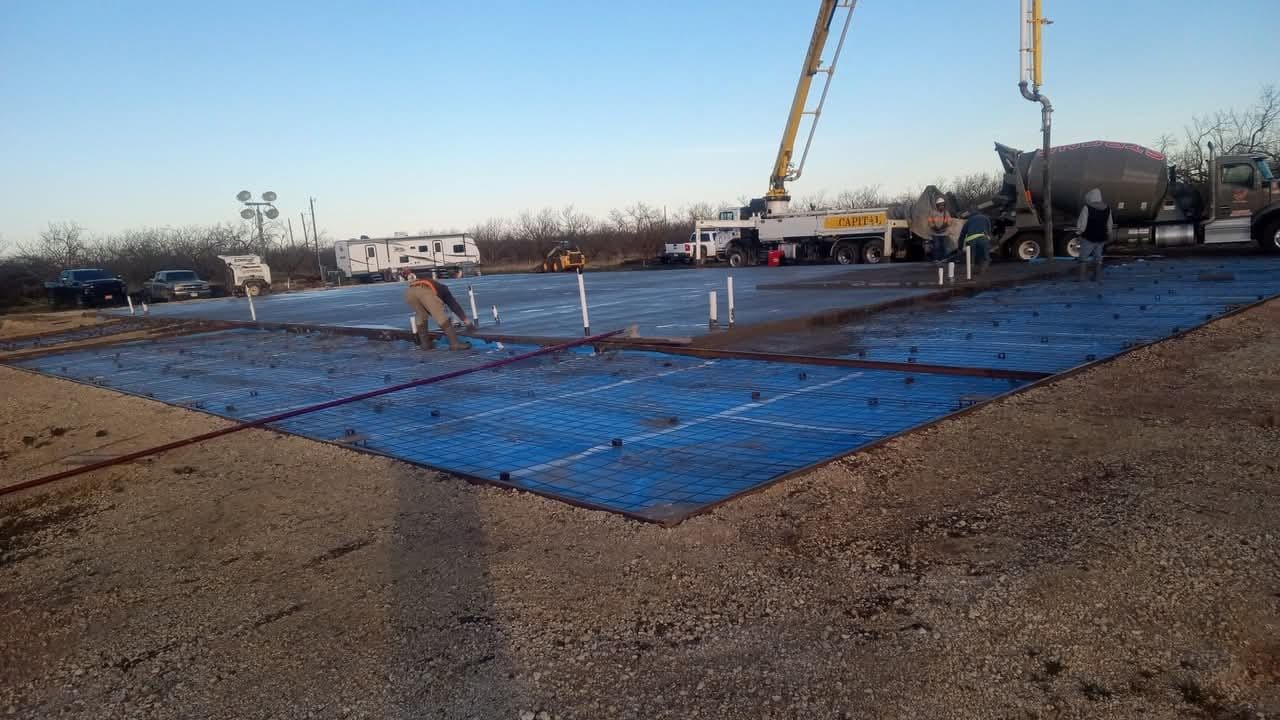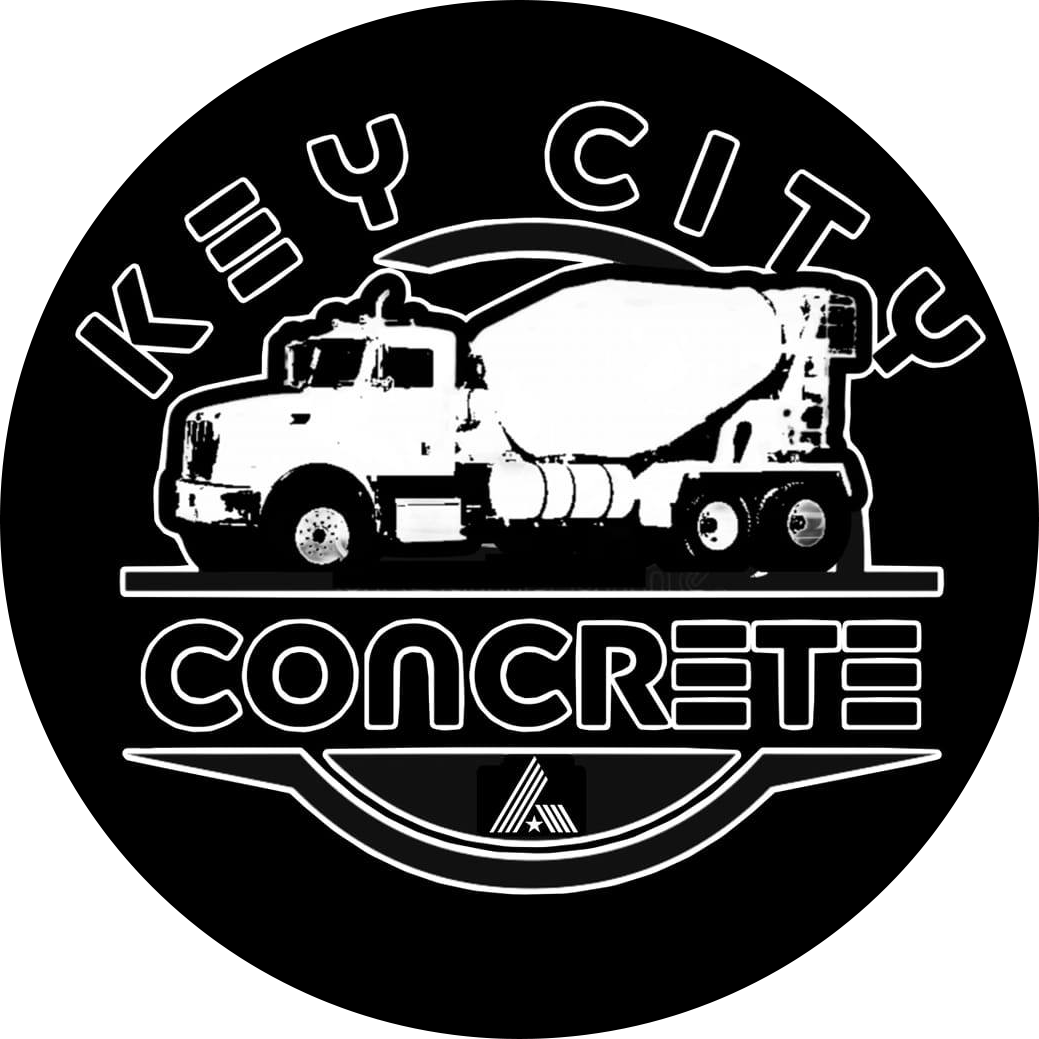Barndominium Foundations: Avoid Costly Mistakes and Choose the Right One for Your Land
Picking the right foundation for your barndominium is a big deal. The wrong choice can lead to cracks, shifting, moisture problems, and costly repairs down the line. Things like soil type, weather, drainage, and local regulations all affect what foundation works best for your land.
A solid foundation does more than just hold up your home—it prevents structural issues, keeps moisture out, and ensures long-term durability. Taking the time to choose the right one now means fewer problems later—and a home you can count on for years to come.
Picking the right foundation for your barndominium is a big deal. The wrong choice can lead to cracks, shifting, moisture problems, and costly repairs down the line. Things like soil type, weather, drainage, and local regulations all affect what foundation works best for your land.
A solid foundation does more than just hold up your home—it prevents structural issues, keeps moisture out, and ensures long-term durability. Taking the time to choose the right one now means fewer problems later—and a home you can count on for years to come.
What Is a Barndominium Foundation?
A barndominium foundation is the base that supports your structure and prevents shifting, settling, or sinking. Since barndominiums are often built on rural land with less compacted soil than suburban developments, their foundations must handle different soil conditions, moisture levels, and temperature shifts.
The word "barndominium" combines "barn" and "condominium" and originally described barn-style homes with both living and workspace. Today, it refers to homes designed with steel frames, open layouts, and large workshop areas. A properly built foundation ensures the structure stays level, insulated, and protected from the elements.
Types of Barndominium Foundations
Your foundation is one of the most critical parts of your build. The right choice depends on your land, budget, and climate.
Here’s how they compare:
Slab-on-Grade
A flat concrete slab poured directly on compacted ground. Works best on solid, dry soil.
- Good: Affordable, quick to build, and low maintenance.
- Bad: Can crack if the ground shifts or in extreme weather. Slabs are also prone to moisture buildup in flood-prone areas.
Pier and Beam
Uses concrete piers and wooden or steel beams to raise the home off the ground. Great for soft, shifting, or flood-prone soil.
- Good: Allows air circulation, makes plumbing repairs easier, prevents water damage.
- Bad: Costs more than a slab and requires periodic maintenance.
Crawl Space
Similar to pier and beam but enclosed, creating a small space under the house for added protection.
- Good: Better insulation, protects against moisture, and makes repairs easier.
- Bad: Can attract pests and needs proper ventilation to prevent mold.
Basement
A full underground level, common in colder climates.
- Good: Extra storage or living space, protects against extreme weather.
- Bad: Most expensive option and more likely to have water issues. Requires waterproofing.
What to Consider Before Choosing a Foundation
A foundation isn’t just about cost—it has to work with your land conditions, local climate, and long-term plans.
Here’s what to evaluate before deciding.
1. Soil Type Matters
Different soils react differently to foundations, and choosing the wrong type can cause shifting, cracking, or sinking.
- Clay soil swells when wet and shrinks when dry, which can cause slabs to crack.
- Sandy soil drains well but might need reinforcement to prevent settling.
- Rocky soil is strong but hard to dig through, increasing labor costs.
- Loam soil (a mix of clay, sand, and silt) is the best for stability.
2. Weather Plays a Role
Your climate affects foundation performance.
- Cold regions require deep foundations to prevent frost heave.
- Flood-prone areas do best with pier and beam or raised slabs to keep water out.
- Hot, dry climates can cause slabs to expand and crack if not properly reinforced.
3. Cost and Budget
Some foundations cost more upfront but save money in the long run.
- Slab-on-grade: Cheapest, but not ideal for shifting soil.
- Pier and beam: Costs more but better for unstable ground.
- Basements: Most expensive, but add storage or living space.
4. Local Building Requirements
Some areas restrict certain foundation types.
- Zoning laws may limit slab foundations in flood zones.
- Rural counties may require pier and beam for better drainage.
Checking local codes early prevents expensive mistakes later.
Common Mistakes That Lead to Expensive Repairs
A weak foundation can lead to cracks, shifting, and expensive fixes.
Avoid these costly mistakes:
- Skipping a Soil Test – If you don’t test your soil, your foundation could crack or sink over time.
- Poor Drainage – Water pooling around your foundation causes erosion. Proper drainage and grading keep your home safe.
- Choosing the Cheapest Option – A low-cost foundation may lead to major repairs within a few years.
- Ignoring Future Plans – Expanding later? Some foundations make additions difficult.
- Hiring the Wrong Contractor – Barndominiums require specialized expertise. A general home builder may not get it right.
How to Pick the Best Foundation for Your Barndominium
A solid foundation starts with smart choices. Follow these steps:
- Get a Soil Test – Soil type affects stability. Test before you build.
- Think About Your Climate – Frost? Flooding? Dry conditions? Pick a foundation that works for your weather.
- Set a Realistic Budget – Don’t go cheap at the expense of durability.
- Check Local Building Codes – Avoid costly fixes by knowing the rules upfront.
- Hire the Right Contractor – Experience matters. Choose a contractor who understands barndominiums.
Frequently Asked Questions
What’s the Best Foundation for a Barndominium?
A slab foundation works best in areas with stable soil. It’s affordable, easy to install, and low maintenance.
What’s the Most Expensive Part of a Barndominium?
The metal shell—including the structure, roof, doors, and windows—takes up the biggest chunk of the budget.
Barndominium Pros and Cons
- Pros: Lower cost, customizable, and easy to maintain.
- Cons: Higher upfront costs, harder to finance, and not allowed everywhere.
What’s the Best Building Type for a Barndominium?
A steel frame is the strongest and most durable option. It lasts longer and handles tough weather better than other materials.
Why Are Barndominiums Cheaper?
They use simple designs and cost-effective materials, reducing labor and construction costs.
Are Barndominiums Reliable?
Yes, especially when built with steel frames, which are strong, durable, and long-lasting.
Build It Right from the Start
A strong foundation means fewer problems, lower maintenance costs, and a home built to last. Skipping steps now can lead to expensive repairs later.
If you need expert concrete work or have questions about the best foundation for your land, Key City Concrete is ready to help. Contact us today to get the job done right.

Business Hours
- Monday
- -
- Tuesday
- -
- Wednesday
- -
- Thursday
- -
- Friday
- -
- Saturday
- -
- Sunday
- -
Service Areas
- Abilene, TX
- Potosi, TX
- Clyde, TX
- Merkel, TX
- Baird, TX
- Anson, TX
- Albany, TX
- Stamford, TX
- Winters, TX
- Hamlin, TX
- Sweetwater, TX
Key City Concrete | Design by: Quantumhawkseo.com


